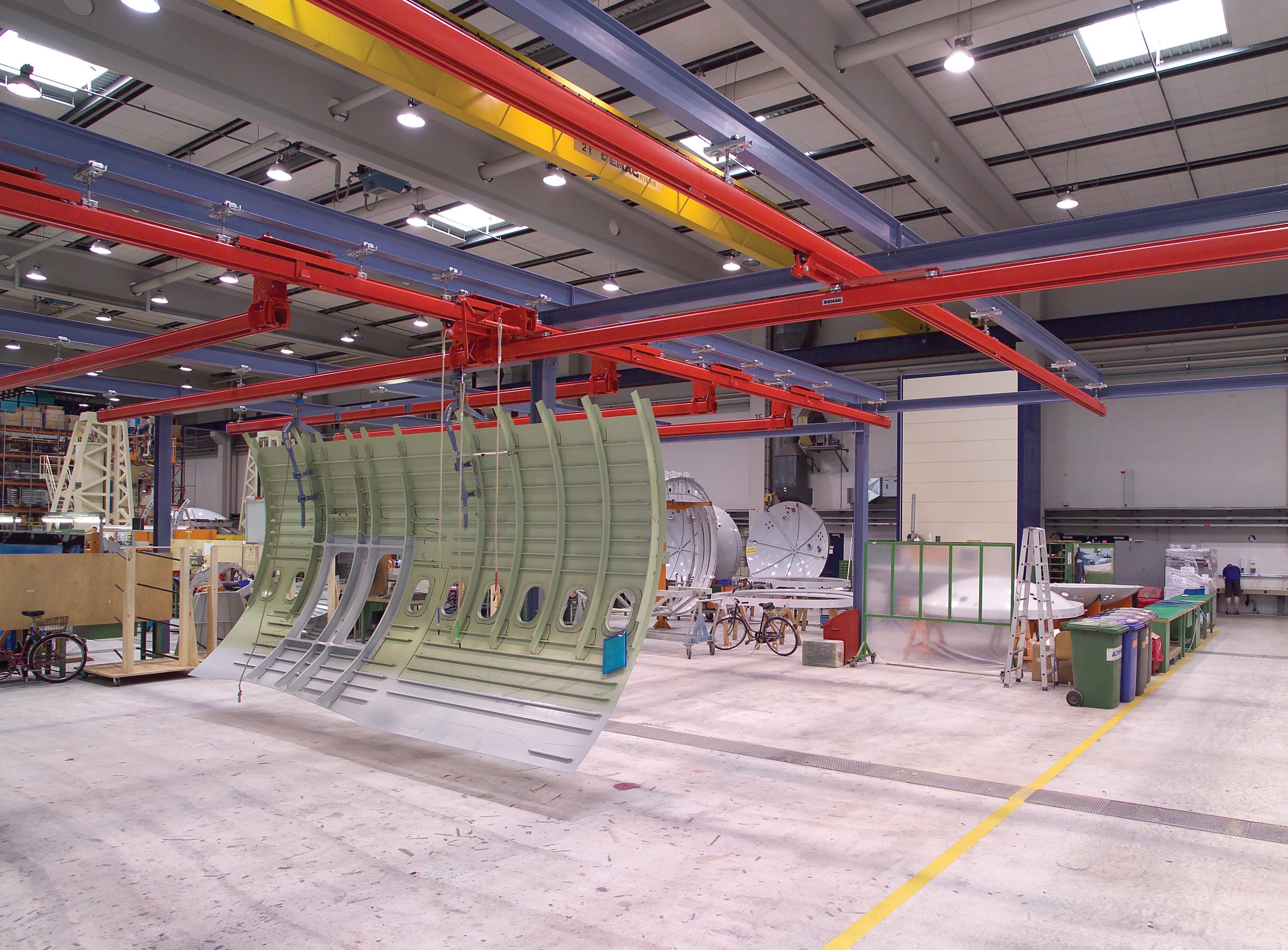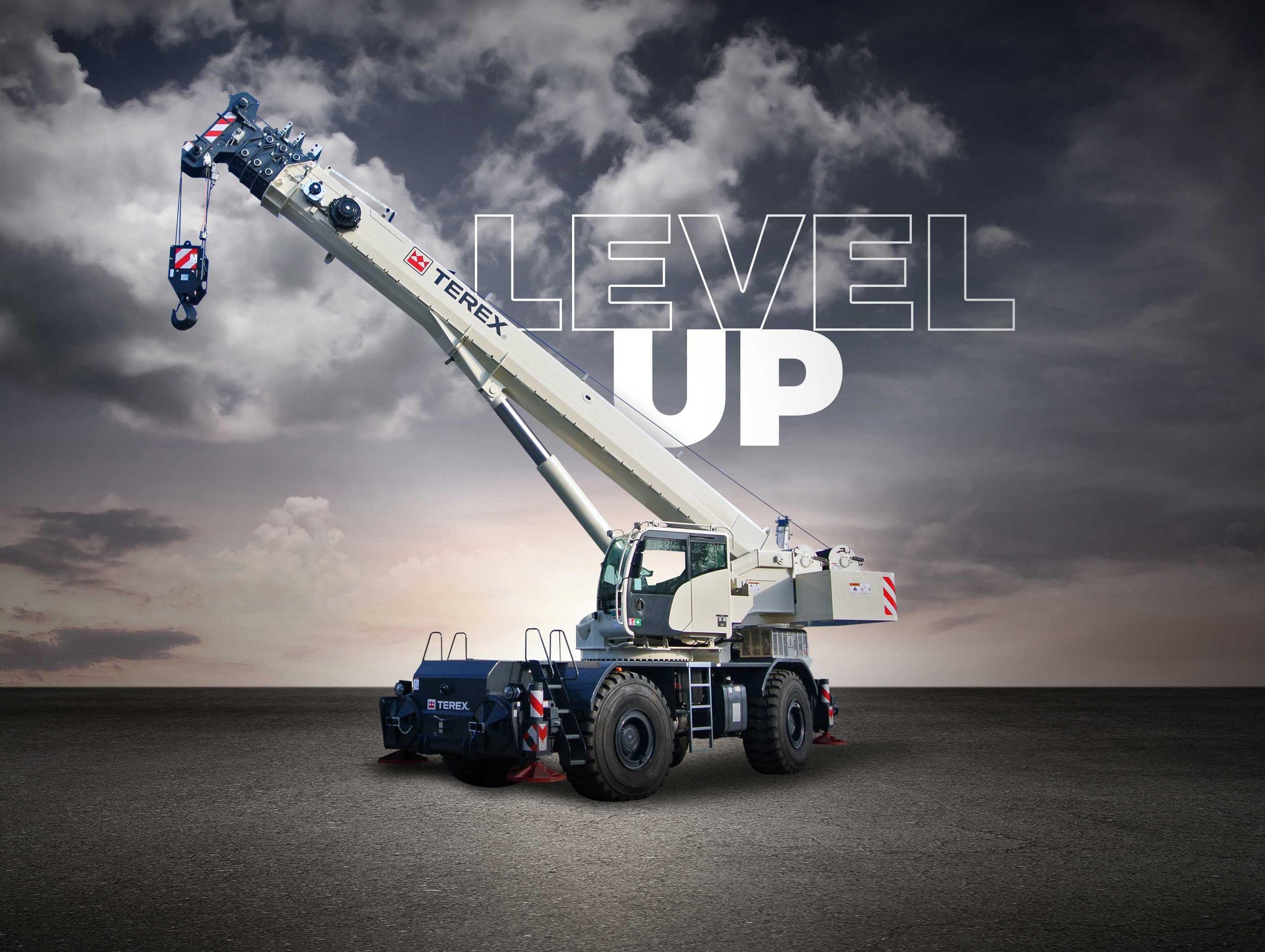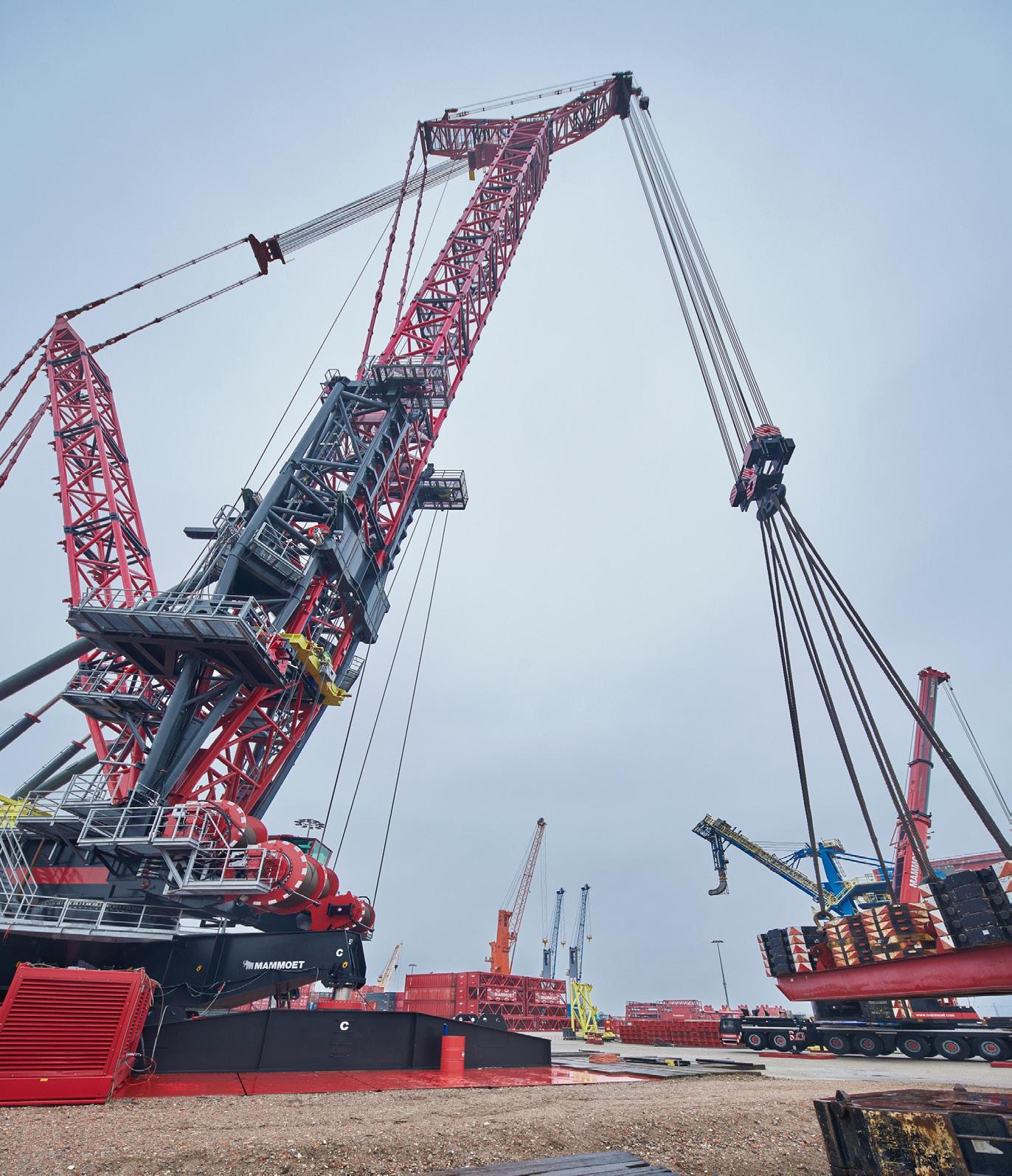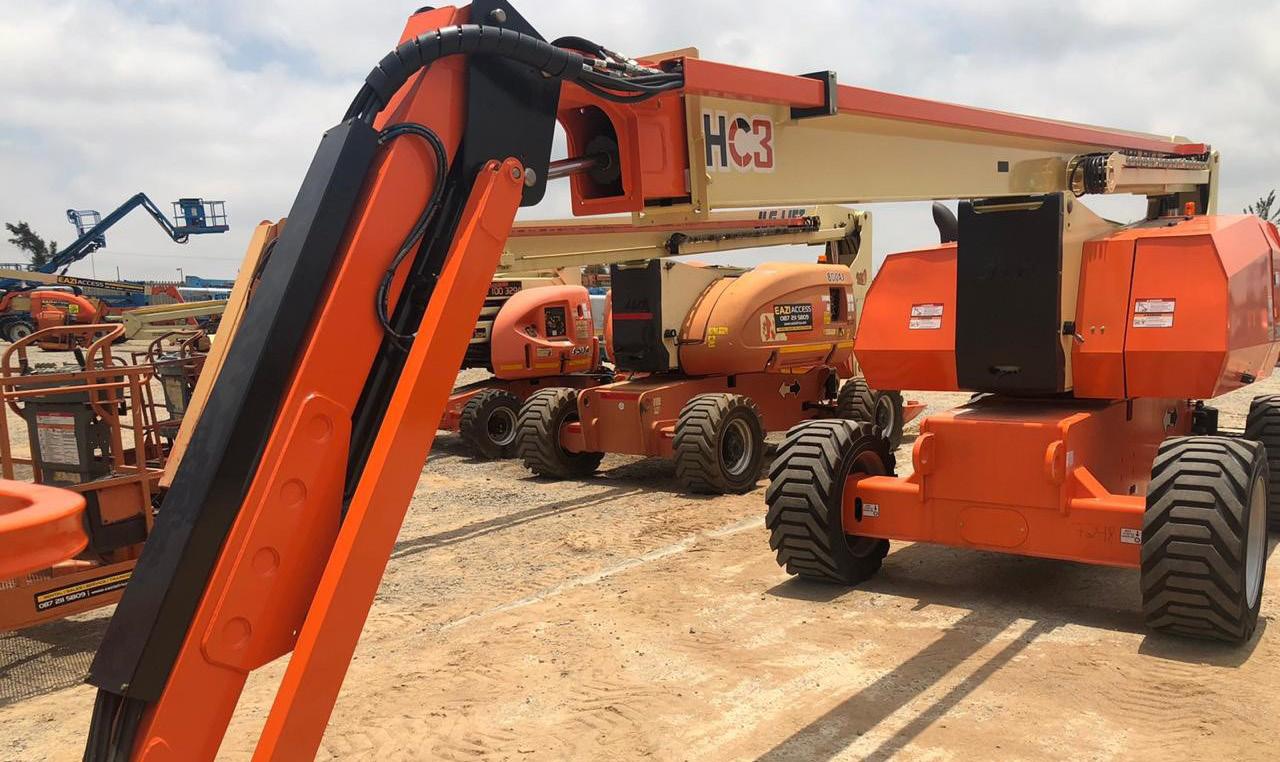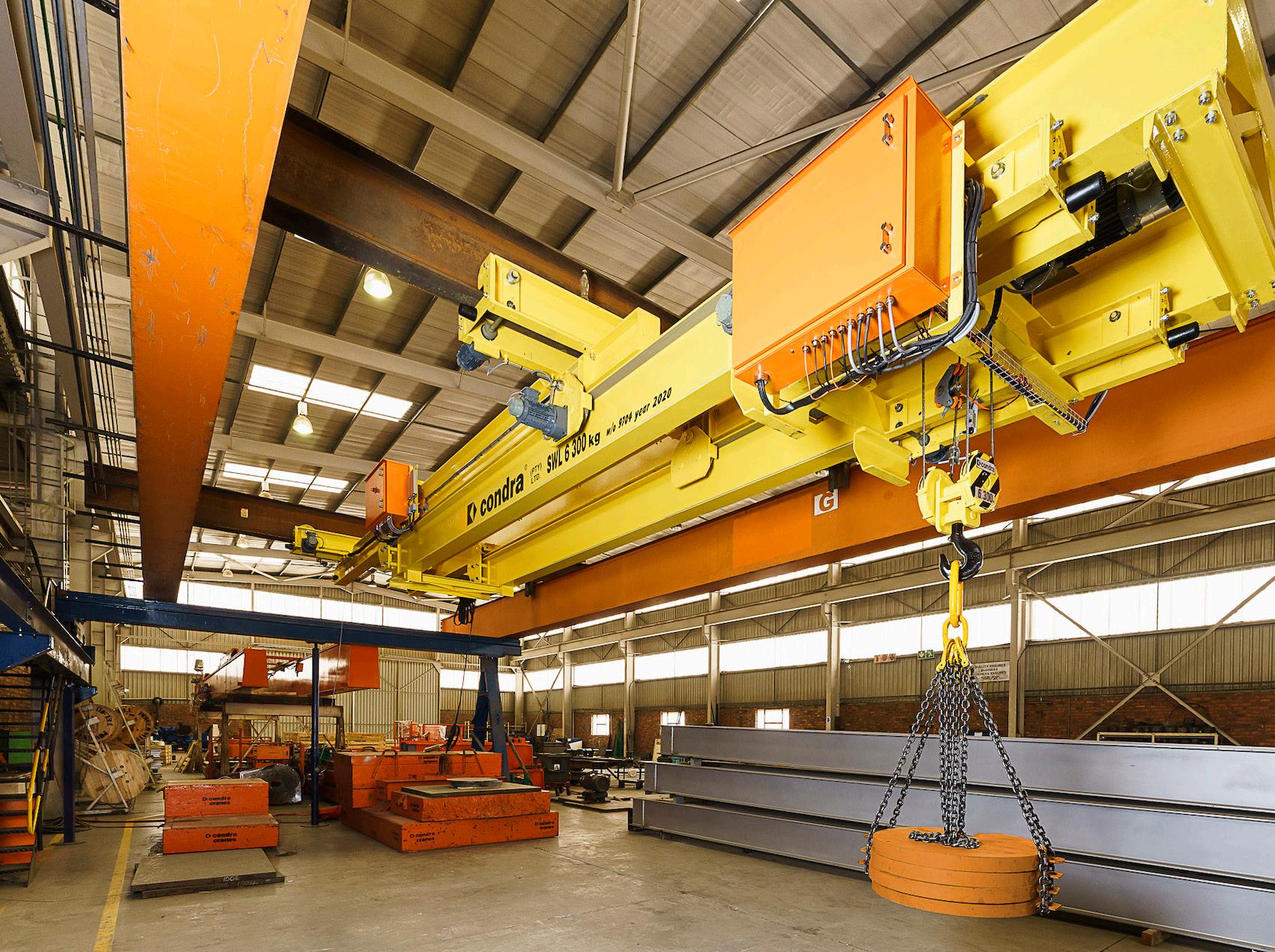
3 minute read
Automation and smart features in overhead cranes
Automation and smart features are driving the overhead lifting sector delivering efficiency and reliability to operations unlike ever before. Markus Otto, Process Cranes Sales Director at Demag, recently addressed a hoisting conference on the wins gained when using automation in overhead lifting.
The trend toward achieving greater efficiency in the manufacturing and industrial sector is not all that new anymore, but advances in automation continue to deliver new, innovative solutions that impact operations. “Automated crane systems and warehouse management software are providing factories and warehouses with more efficient product throughput,” says Otto. “There is an overall focus on higher productivity, efficiency, safety and reliability.” With this in mind demand for automation and process efficiency will increase in the future.
According to Otto, remote operating stations (ROS) is one of the exciting developments. "It is a new concept for the manual operation of cranes. It is best described as the new dimension in crane control," he says. Ergonomic, efficient and intuitive the controlling of cranes from a ROS no longer requires a direct line of sight to the crane. "Cranes can be operated in the same way as from a traditional operators seat, but without the comfortability, crane operators have had to endure until now. The difference is they are working in a comfortable environment with support in realtime, a variety of camera view and audio to support them as well as having process-related support information via monitors."
Benefits of being remote
There are several advantages to working from a ROS, says Otto. First and foremost is safety. “There is no need to put an operator in a situation where they need to operate the crane in a dangerous location. Secondly, it is not just a safer environment for operators, but also far more comfortable.”
The savings in infrastructure and increased effective working area for the crane are two more benefits. “Operators can now concentrate more easily on other tasks than what they would do if working on the crane. Idle times are used more beneficially and effectively,” he says. “One operator can also be used for multiple cranes and in locations that were previously just not possible.” More so, operators can concentrate more easily on other tasks allowing for increased effective working areas. According to Otto, the location of the control station can be optimised according to site requirements instead of crane needs. “There are also very real infrastructure savings that can be made as there is no longer any need for walkways and platforms. All of the cranes can also be operated from one control position without the need for crane specific control chairs.” Using cameras operators can also with ROS view areas that would normally not be in the line of sight. A typical ROS control centre consists of a table that can be adjusted in height to meet the operators needs, ergonomic controllers with armrests, optional touchscreens, widescreen monitor controls and a communication unit and camera system. "The monitor layout can be configured based on the number of cameras. The crane and process-related information can be visualized on large ergonomic monitors improving visibility significantly," explains Otto. "A
joystick is used for controlling camera views and for optional panning, tilting and zooming of cameras." Otto says automated crane solutions will continue to add value. “There is no denying that process cranes can increase the efficiency of a storage operation, enhance availability and respond flexibly to modifications. Our solution: industry-specific expertise for planning competence and our warehouse management system (WMS) for safe and reliable processes is all part of it,” he says. According to Otto, just as important a development in recent years has been warehouse management systems. “Demag has installed automated storage facilities with process cranes at manufacturers of paper rolls and metal coils, using a WMS to manage the materials being stored. ”Not only are products stored correctly, but the position and type of each roll are logged precisely. “These kinds of systems increase productivity dramatically,” said Otto explaining how it works hand-in-hand with high performance from cranes.— including ensuring the products are stored correctly, and logging the position and type of each roll. Also, yard management is optimised. Sharing a case study Otto showcased how the average truck dwell time reduced from 45 minutes to only 17 thanks to improvements in managing the yard. “This all, however, starts with planning and consultation including virtual planning and simulation to ensure the finished system meets the exact needs of the customer.”
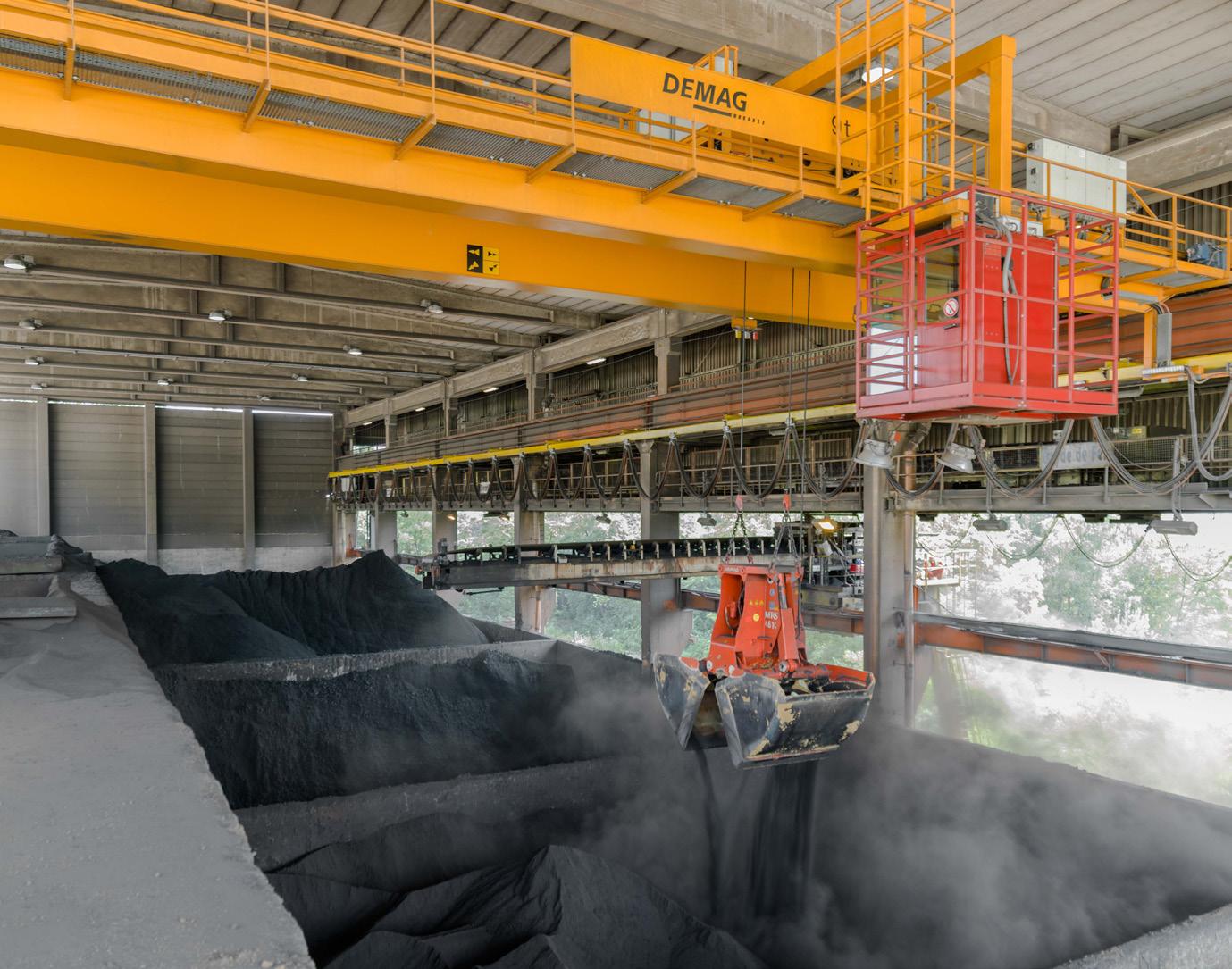
Demag Cranes and Components,
NewTechnology.za@demagcranes. com, www.demagcranes.co.za
